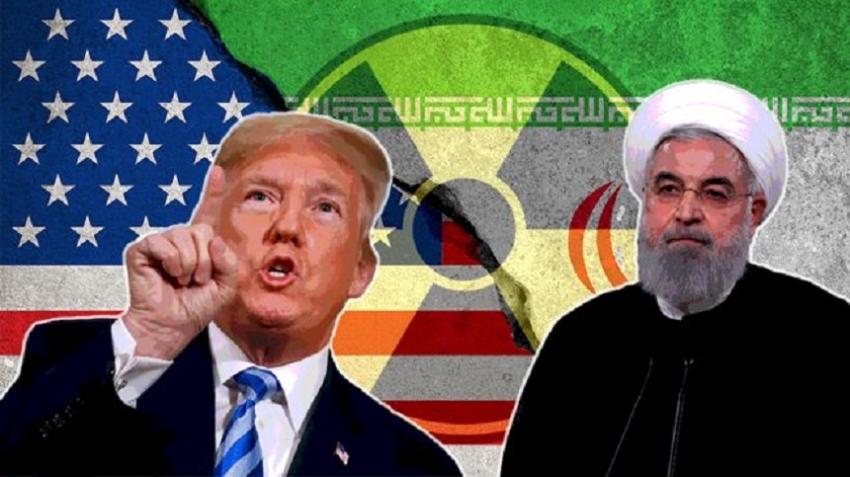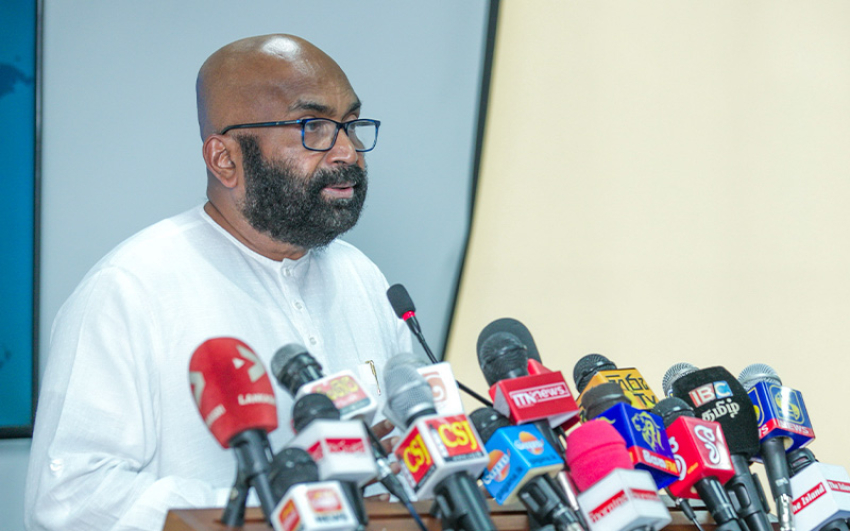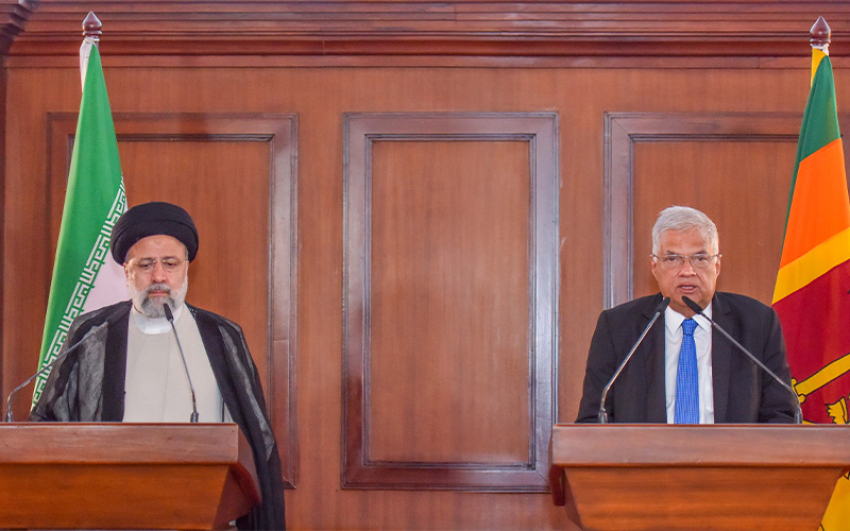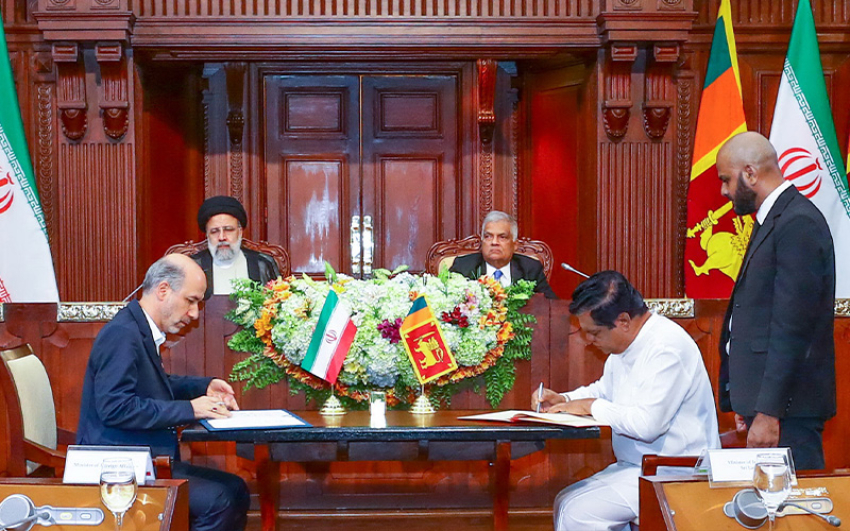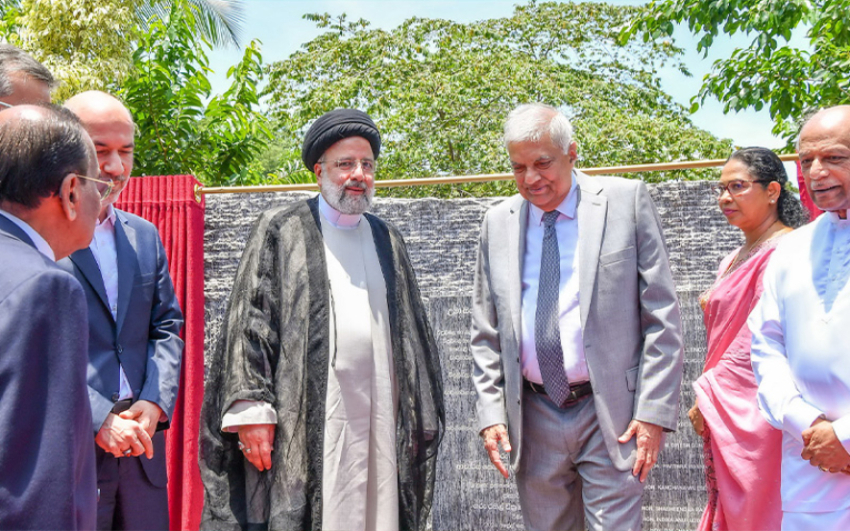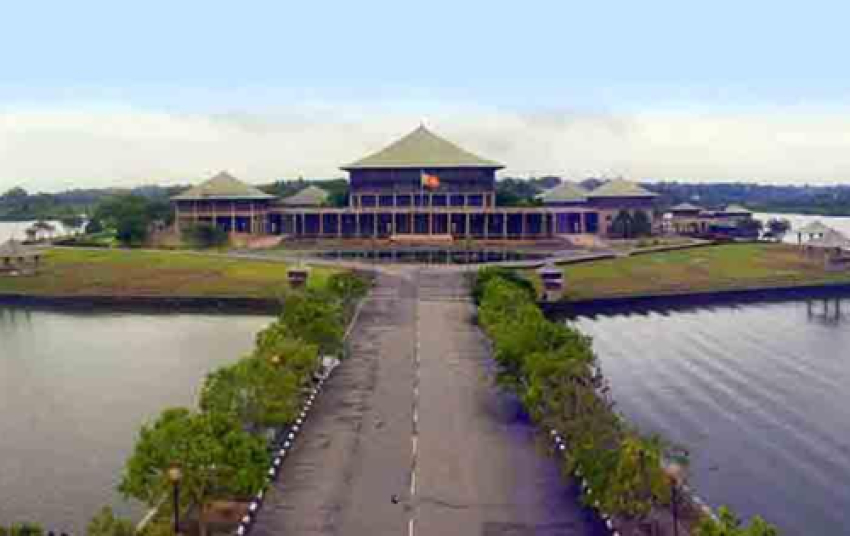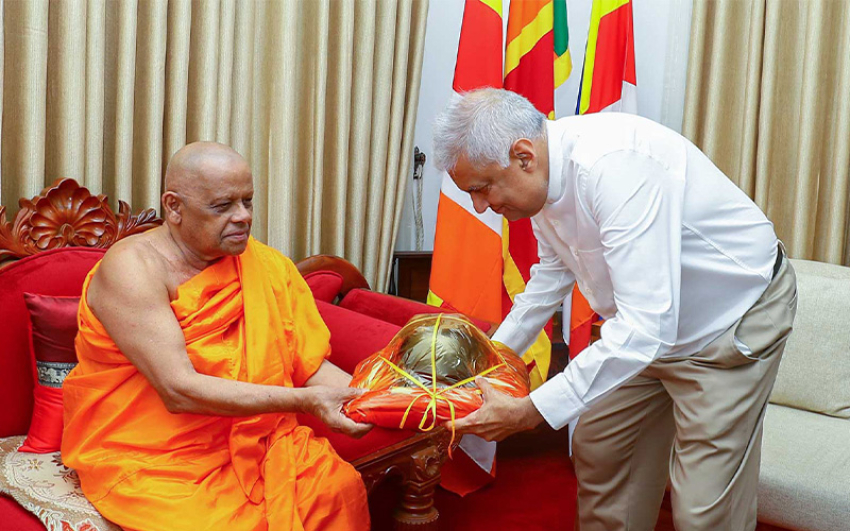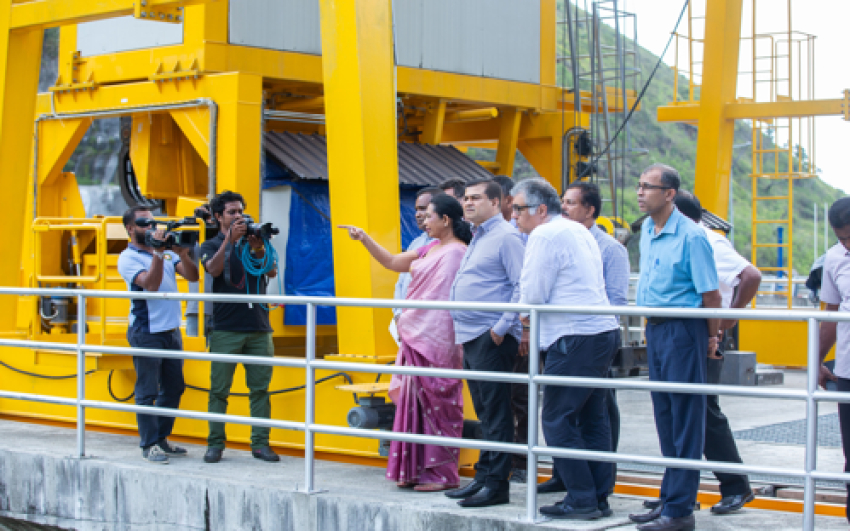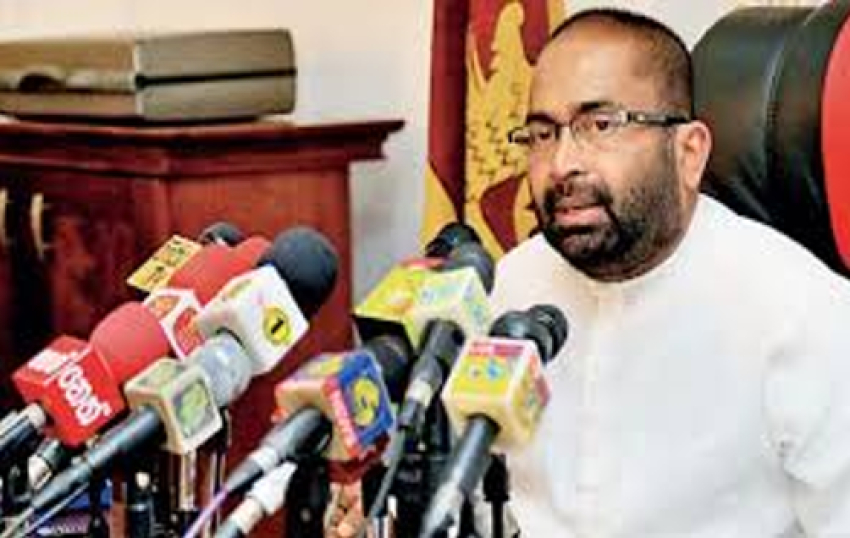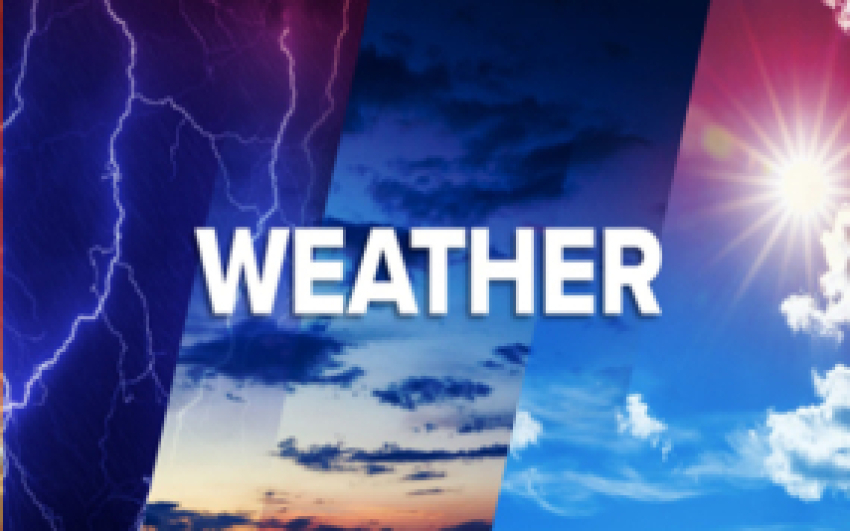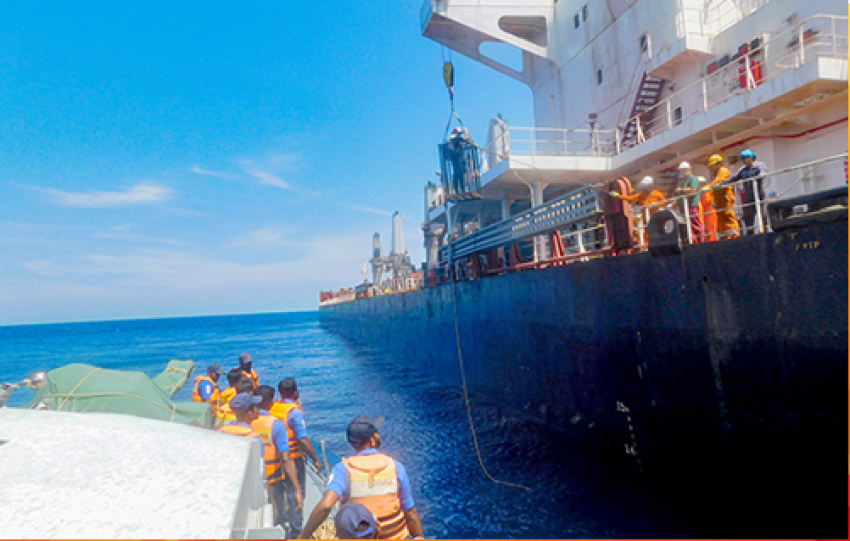US Secretary of State Mike Pompeo has blamed Iran for Saturday's drone attacks on Saudi oil facilities.He dismissed a claim by Yemeni Houthi rebels that they had attacked the two facilities, run by state-owned company Aramco.Saudi Arabia's energy minister said the strikes had reduced crude oil production by 5.7 million barrels a day - about half the kingdom's output.Correspondents say they could have a significant impact on world oil prices.TV footage showed a huge blaze at Abqaiq, site of Aramco's largest oil processing plant, while a second drone attack started fires in the Khurais oilfield.The Saudis lead a Western-backed military coalition supporting Yemen's government, while Iran backs the Houthi rebels.If the rebels were responsible for the attacks, their drones would have had to fly hundreds of miles from Yemen into central Saudi Arabia.
Meanwhile experts are investigating whether the attacks could have been carried out from the north - either by Iran or its Shia allies in Iraq - using cruise missiles rather than drones, the Wall Street Journal reports.Tensions between the US and Iran have escalated in recent months. since US President Donald Trump abandoned a deal limiting Iran's nuclear activities last year and reinstated sanctions.The US would work with its allies to ensure energy markets remained well supplied and "Iran is held accountable for its aggression", he added.The White House said Mr Trump had offered US support to help Saudi Arabia defend itself.
A spokesman said the rebels had deployed 10 drones in the attacks.Yahya Sarea told al-Masirah TV, owned by the Houthi movement and based in Beirut, that further attacks could be expected in the future.He said Saturday's attack was one of the biggest operations the Houthi forces had undertaken inside Saudi Arabia and was carried out in "co-operation with the honourable people inside the kingdom".How has Saudi Arabia responded?There are no details about the damage caused by the attacks but officials say there were no casualties.Saudi state media reported that Saudi Crown Prince Mohammed bin Salman had told President Trump in a telephone conversation that the kingdom was "willing and able to confront and deal with this terrorist aggression".
Abqaiq is about 60km (37 miles) south-west of Dhahran in Saudi Arabia's Eastern Province, while Khurais, some 200km further south-west, has the country's second largest oilfield.Saudi security forces foiled an attempt by al-Qaeda to attack the Abqaiq facility with suicide bombers in 2006.Production cut could hit world prices Aramco is not only the world's biggest oil producer, it is also one of the world's most profitable businesses.The Khurais oilfield produces about 1% of the world's oil, and Abqaiq is the company's largest facility - with the capacity to process 7% of the global supply. Even a brief or partial disruption could affect the company, and the oil supply, given their size. There was a sharp intake of breath as analysts I spoke to today digested the information that reports suggest that half of Saudi Arabia's oil production could have been knocked offline by these attacks.The country produces 10% of the world's crude oil. Cutting this in half could have a significant effect on the oil price come Monday when markets open.The success of the drone strike shows the vulnerability of Aramco's infrastructure, at a time when it is trying to show itself in its best light while gearing up to float on the stock market.And it raises concerns that escalating tensions in the region could pose a broader risk to oil, potentially threatening the fifth of the world's supply that goes through the critical Strait of Hormuz.
The Iran-aligned Houthi rebel movement has been fighting the Yemeni government and a Saudi-led coalition.Yemen has been at war since 2015, when President Abdrabbuh Mansour Hadi was forced to flee the capital Sanaa by the Houthis. Saudi Arabia backs President Hadi, and has led a coalition of regional countries against the rebels.The coalition launches air strikes almost every day, while the Houthis often fire missiles into Saudi Arabia.Mr Sarea, the Houthi group's military spokesman, told al-Masirah that operations against Saudi targets would "only grow wider and will be more painful than before, so long as their aggression and blockade continues".
Saudi-led coalition air strikes regularly target Houthis in YemenHouthi fighters were blamed for drone attacks on the Shaybah natural gas liquefaction facility last month, and on other oil facilities in May.There have been other sources of tension in the region, often stemming from the rivalry between Saudi Arabia and Iran.Saudi Arabia and the US both blamed Iran for attacks in the Gulf on two oil tankers in June and July, allegations Tehran denied.Tension in the vital shipping lanes worsened when Iran shot down a US surveillance drone over the Strait of Hormuz in June, leading a month later to the Pentagon announcing the deployment of US troops to Saudi Arabia.
Gulf of Oman tanker attacks: What we know
The Norwegian-owned tanker Front Altair, carrying 75,000 tonnes of naphtha, was set ablazeOn 13 June, two tankers were damaged by explosions in the Gulf of Oman, a strategic waterway crucial to global energy supplies.It was the second time in a month tankers have been attacked in the region and came amid escalating tension between Iran and the United States.US Secretary of State Mike Pompeo swiftly accused Iran of being behind the attacks. He said the assessment was based on the "intelligence, the weapons used, the level of expertise needed to execute the operation, recent similar Iranian attacks on shipping, and the fact that no proxy group operating in the area has the resources and proficiency to act with such a high degree of sophistication".But a senior Iranian official insisted Iran had "no connection with the incident".
What happened on 13 June?The Marshall Islands-flagged Front Altair and Panama-flagged Kokuka Courageous were both sailing south-eastwards through international waters, after passing through the Strait of Hormuz, when they were rocked by explosions.The US Navy received a call from the Front Altair saying it had been attacked at 03:12 GMT, when it was 19 nautical miles (35km) south of Iran's coast, while the Kokuka Courageous reported being hit at 04:00, 21 nautical miles off Iran.The tanker was carrying 75,000 tonnes of naphtha from the United Arab Emirates to Taiwan.Its owner, Norwegian company Frontline, said an explosion had occurred on the vessel, triggering a fire. The 23 crew members on board were not harmed and were rescued by the cargo ship Hyundai Dubai, it added. They were subsequently carried by an Iranian naval vessel to the port of Jask.Frontline said the fire on board the tanker was extinguished by emergency responders within hours of the incident, and that no marine pollution was reported.Photographs and video published by Iranian media showed a fire on Front Altair's starboard side, and a huge column of black smoke towering above it.Satellite imaging company Iceye said that its data suggested there was "a non-trivial amount of oil around the vessel on the surface of the sea" on 14 June.
With colours altered to enhance contrast, apparent oil slicks can be seen upon the surfaceFrontline said the cause of the explosion remained unknown, but that it had "ruled out the possibility that it was caused by mechanical or human error".Taiwan's state oil refiner CPC Corp, which had chartered the Front Altair, initially said the vessel was "suspected of being hit by a torpedo". The master of the Hyundai Dubai also reported in a distress call that the Front Altair's master believed the explosion was the result of a "torpedo attack".No close-up images of the damage to the vessel's hull have been released, but the crew of a tug that helped put out the fire was heard saying on the radio that there was a large hole just above the waterline.
Firefighters managed to extinguish the blaze on board the Front Altair
The US military said a US aircraft observed an Iranian Islamic Revolution Guard Corps (IRGC) Hendijan class patrol boat and several IRGC fast attack craft in the vicinity of the Front Altair at 05:09 GMT.The US military also reported that the Iranian authorities had asked the Hyundai Dubai to "turn over the crew" to the IRGC fast attack craft, and that the Hyundai Dubai had complied with the request.The Front Altair was being towed to the UAE port of Khor Fakkan on 16 June. Once there, the damage will be assessed and a decision will be made concerning the transfer of the naphtha.The tanker's managers, Bernhard Schulte Shipmanagement, said it had sustained damage to its hull on the starboard side following a "security incident". There was also an engine room fire, which was extinguished with CO2.
A hole could be seen in the hull of the Kokuka Courageous above the waterlineThe 21 crew members were evacuated the vessel as a precaution and were picked up by the Dutch tug Coastal Ace. They were later transferred to the USS Bainbridge, a guided-missile destroyer, which was nearby after responding to the Kokuka Courageous distress call. One crewman was slightly injured in the incident and received first aid on board the Bainbridge.
The crew later returned to the Kokuka Courageous and restored emergency power.The tanker arrived safely at the UAE port of Kalba on 16 June. A damage assessment and preparation for the transfer of the ship's cargo would commence once the port authorities had completed standard security checks, Bernhard Schulte Shipmanagement said.
The USS Bainbridge, a guided-missile destroyer, picked up the crewThe company did not speculate on the cause of the damage to the Kokuka Courageous. But the president of the vessel's owner, Japanese firm Kokuka Sangyo, reported that it was hit by two explosions in the space of three hours before the crew were evacuated.Yutaka Katada told reporters on 14 June that he believed the tanker was hit by a "flying object"."The crew told us something came flying at the ship, and they found a hole," he said. "Then some crew witnessed the second shot."
Mr Katada spoke after the US military had released grainy black-and-white video footage it said showed the crew of an IRGC Gashti Class patrol boat removing an "unexploded limpet mine" attached to the starboard side of the Kokuka Courageous, above the waterline amidships, at 1310 GMT on 13 June. The crew of the Kokuka Courageous had abandoned ship after discovering the mine, it added.On 17 June, the US military released several colour photographs taken by its personnel to back up its allegations.The US military said it filmed the crew of a Revolutionary Guard boat removing an unexploded limpet mine from the hull of the Kokuka Courageous One of the new images showed what it said was the "the aluminium and green composite material left behind following [the] removal of an unexploded limpet mine" by the IRGC patrol boat's crew. Also visible were holes purportedly created by nails used to hold the mine in place.Other images showed the damage to the Kokuka Courageous' hull, 1m above the waterline at the aft, which the military said measured 1.1m by 1.5m (3.6ft x 4.9ft) and was "consistent with a limpet mine attack".The US military said this hull damage was "consistent with a limpet mine attack"
What happened in May?Four tankers were damaged by explosions within the UAE's territorial waters in the Gulf of Oman, east of the emirate of Fujairah, in the early hours of 12 May.The vessels were the Saudi Arabia-flagged Amjad and Al Marzoqah, the Norwegian-flagged Andrea Victory, and the UAE-flagged tanker A Michel.The four vessels damaged off the UAE coast in May did not have to be evacuated
There were no casualties, but the explosions blew holes in the tankers' hulls. Saudi Arabia's government said the two Saudi ships had suffered "significant" damage.A report presented by the UAE to UN Security Council members said the blasts were the result of "a sophisticated and co-ordinated operation carried out by an actor with significant operational capacity, most likely a state actor".The report said the operation involved small, fast boats and trained divers, who were likely to have placed limpet mines with a high degree of precision on the vessels' hulls below the waterline. Their intention, investigators concluded, was to disable the vessels but not destroy them. The four explosive charges were all detonated within less than an hour, according to the report.
Photographs released by the UAE authorities showed damage to the hulls of (clockwise from top left) the Amjad, Al Marzoqah, Andrea Victory and A MichelThe report stopped short of directly accusing a particular country.However, Saudi Arabia's permanent representative to the UN, Abdallah al-Mouallimi, said it believed that "responsibility for this action lies on the shoulders of Iran", saying: "We believe there is enough evidence to demonstrate that."US National Security Adviser John Bolton has said the explosive charges were "naval mines almost certainly from Iran", without providing any evidence. A US destroyer in the region also reportedly tracked 20 Iranian military boats entering UAE waters a few hours before the explosions.Iran dismissed Mr Bolton's accusation that it was involved as "ridiculous".
Iran-US tensions: What's going on?
So you've been hearing that Iran and the US aren't exactly getting along.President Donald Trump was just 10 minutes away from military strikes on the country, and the US has said it will send 1,000 more military troops to the Middle East because of "hostile behaviour" by Iranian forces.It's accused Iran of attacking two Japanese oil tankers in the Gulf of Oman - something Iran denies.There's also been tension because Iran says it will break the rules of a nuclear deal it made with world powers in 2015.Nuclear reactors are used by countries to create electricity, but Iran was punished and blocked from trading with other countries after suspicions its nuclear programme was being used as cover to create a bomb.Iran insists its nuclear activities are peaceful - but world powers have been unable to check if this is true or not.Between 2012 and 2016, it's estimated the trade punishment, known as sanctions, caused Iran to lose out on £118bn.Then in 2015, Iran signed a deal which allowed it to start trading internationally again.But President Donald Trump pulled the US out of the deal in 2018 and put sanctions back on Iran.This had a big impact on the country's economy - hitting oil exports, shipping and banks - meaning it's been difficult for Iranians to buy things, like babies' nappies, from abroad.Iran has responded by violating some of the deal's commitments, accusing European countries of failing to live up to their promises of protecting Iran's economy from US sanctions.It's not just about nuclear though.On Thursday, Iran shot down a US drone, claiming it was in its airspace - which the US military denies. President Trump reportedly approved military strikes against Iran in response, before changing his mind.What is the Iran nuclear deal?Media captionWhat is the Iran nuclear deal?Iran and six world powers - the US, UK, France, China, Russia and Germany - made an agreement in 2015.These countries were worried that Iran was on its way to creating nuclear weapons.To trade internationally again, Iran had to cut down its nuclear energy programme.That included closing down some nuclear facilities or reducing their capacity, as well as allowing international inspectors to check they were keeping to the terms.
Why didn't Donald Trump like the deal?Media captionA timeline of what Trump's said about the Iran deal
President Trump called the deal "one of the worst" the US has entered into.He said Iran had $100bn (£74bn) to use "as a slush fund for weapons, terror, and oppression" because sanctions had been lifted.Instead, Mr Trump wants to renegotiate the deal to limit Iran's military plans and its involvement in conflicts in Syria and Yemen.The US president also doesn't like that parts of the deal have an expiration date - which, in theory, could lead to Iran restarting its nuclear programme later on.
How have other countries reacted?heresa May met the President of Iran - Hassan Rouhani - in 2016, to discuss global issuesThe European countries involved in the deal have always said they still back it, but want Iran to stick to the rules.If Iran doesn't, the UK, France and Germany have said they'll reimpose their sanctions.UK Prime Minister Theresa May's spokesman said the UK "would look at all options" if Iran violated the nuclear deal.Israel's Prime Minister Benjamin Netanyahu has always opposed the deal and says sanctions should be placed on Iran immediately if it breaks the rules.He warned: "Israel will not allow Iran to get nuclear weaponry."
What happens next?Media captionWhy does the Strait of Hormuz matter?Iran has said that European countries can save the nuclear deal by protecting them from sanctions.There are still military issues though.Iran's Major-General Hossein Salami says that while "Iran is not seeking war", the downing of a US drone was "a clear message".According to US Secretary of State Mike Pompeo, US troops are only in the region to "deter aggression" and "protect American interests".There could also be consequences for the Middle East region.
Saudi Arabia supports the US and blames Iran for the attack on the oil ships.The Crown Prince Mohammed bin Salman warned Iran and said that Saudi Arabia "won't hesitate to deal with any threat".


